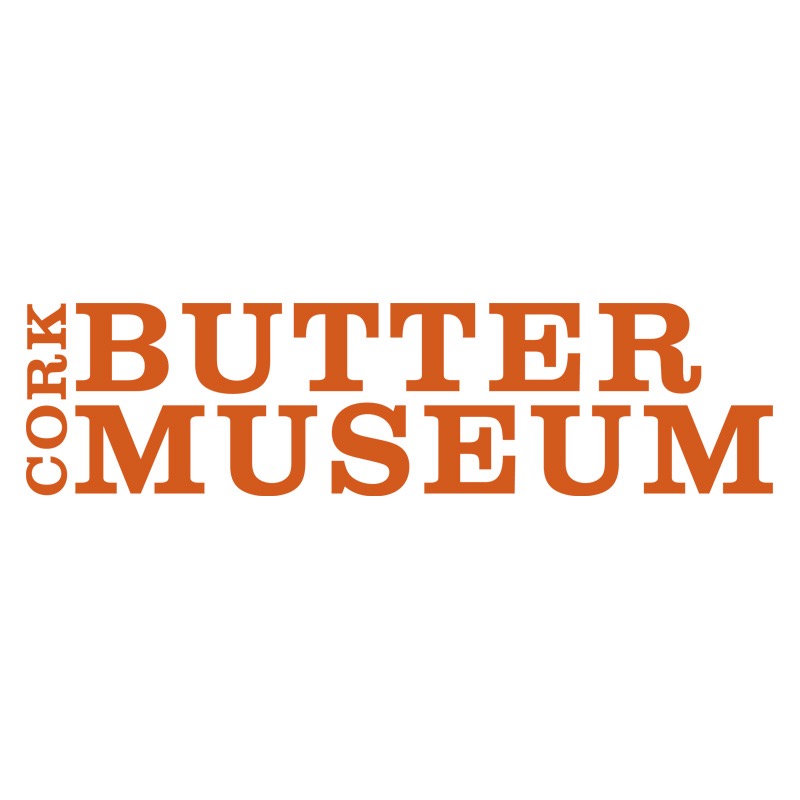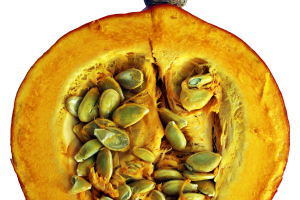The Cork Butter Museum & Cork Butter Exchange
In Cork, Ireland, there is an actual museum dedicated to butter!
The space in the Shandon section of the city sits on the original location of the Cork Butter Market is an all out dedication to butter. The displays include vintage butter wrapper designs, butter churns and their many styles through the ages, and a film dedicated to the history of butter. But if you find all of this a bit quaint, and perhaps even funny, you’ll leave with a very different appreciation of Ireland’s real favorite food.
Irish butter has been exported since the 1700s and commonly exported worldwide by the the mid-1800s, when the Cork Butter Market became the largest butter exchange in the world. In this modest space, a history of the butter market is detailed including innovative and strict grading practices, management of the dairy farmers, and how the product was sold.
The butter’s market’s importance to Irish history and commerce becomes clear with information on the physical market, sales operations, a history of cow breeds, and even laws necessitated by medieval cattle raiding. One of the most impressive details was the restructuring and improvement of roads between Country Kerry and Cork City all to hasten the trip by horse drawn carriage for dairy farmers from multiple days to less than seven hours.
 Butter Stamps and Wrappers
Butter Stamps and Wrappers
Decorative stamps were used for commercial identification as much as to celebrate special occasions and sometimes designed for specific family crests or identification.
Butter wrappers display an interesting cross section of design from fairies to swans, shamrocks and farmers as well as beautiful fonts. Many extol marketing as Ireland’s best butter while some promote messages to support Irish Republic products. Also on display are a number of beautiful, decorative butter stamps. Butter wrappers include myriad of designs and fonts, some shown with swans, fairies, and early trademarks.
Travel to Cork Butter Exchange
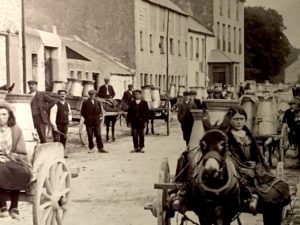
Families would travel from throughout Country Kerry and County Cork to Cork City. The length of the trip was cut when the “Butter Road” improvements shortened the time from several days to seven hours. These roads are still sometimes referred to as “Butter Roads” today.
Bog Butter
Butter has been consumed for thousands of years, and while we have numerous studies to confuse us, margarines to derail us, and marketers to persuade us, the ancient Irish loved and respected butter so much it was used as an offering to the gods. In a small exhibit dedicated to “Bog Butter” the process of preserving butter was described as the product was buried, sometimes in animal skins and left to ferment for the preferred (or accepted) taste of the age.
A number of bog butter troves have been discovered throughout Ireland, some dating 5,000 years. In 2016, such a find was unearthed in County Meath and dated at 2,000 years old. The resulting butter was described as crumbly with a strong smell of cheese. The 20 pounds, a massive offering for the time, was buried approximately 12’ deep. Based on the size, depth, and unmarked location, it was considered as offering to the gods for future prosperity rather than for storage and future retrieval.
Grass-fed Butter
When it comes right down to it, of course butter deserves its own museum. There are few more beautiful, useful food staples in the world, and sorry France, but Ireland does it better than anyone. In fact, even Irish grocery chains have arguably some of the best croissants around. They are a bit weighty instead of perfectly puffed, but also nearly yellow from the color of Irish butter from grass-fed cows. Because of the high fat content, they don’t shatter, like commercial puff pastry, but tear, yielding to soft shreds, perfect for rhubarb jam with just a tad of butterfat oiling your fingers as the contents warm.
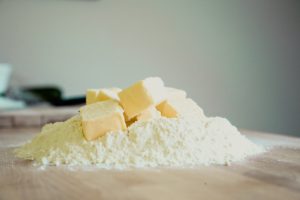
If you have seen the labeling and increased availability of specialty butters in your local grocery store, or, if you’re very lucky, homemade butters for sale at your local farmer’s market, then you know butter is finally back on the list of foods to celebrate after decades of misinformed health advisories decrying the use of any naturally saturated fats. However, butter from all grass-fed cows is still a bit of a unique product in the U.S. and a very different product from butter produced on most modern grain-fed dairies. In Ireland, a country of temperate weather with plenty of year-round green grass, cows raised entirely on grass is only natural.
The Health Benefits of Grass-fed Butter Are Many
- Higher amounts of vitamin A (the reason for the yellow hue of grass-fed butter is a result of the beta carotene in grass).
- The short and medium chain triglycerides of grass-fed butter increase the metabolism and promote overall health.
- Butyric acid promotes immunity and fights inflammation.
- Coagulated Linoleic Acid (CLA) is abundant in grass-fed dairy and beef and is highly beneficial to cardiovascular health. Grass-fed dairy contains 500% more CLA than grain-fed dairy. CLA has also been shown to promote excess weight loss.
A Wisconsin Underground Irish Butter Market?
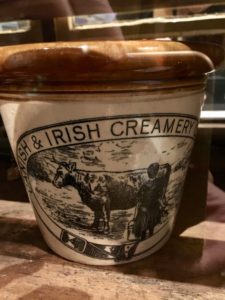
Because of these benefits, and just simple taste, grass-fed butter is enjoying renewed and specific popularity. In fact, an underground butter market has been sprouted up in the U.S. thanks to an increasingly unpopular law i
n Wisconsin which forbids the sale of any butter without U.S. grading. The law has left thousands complaining, considering interstate purchase treks and wondering where to get their Kerrygold grass-fed butter. Not to worry Wisconsin, a solution for the grading system is said to be in the works.
Customers world-wide have increased interest in grass-fed butter as evidenced by the large market of Kerrygold grass-fed ghee that is now shipped from Ireland to India in large metal tins.
The power of Irish grass-fed butter is only growing in favor, and the Irish certainly have something to celebrate and honor in their beloved butter.
A museum dedicated to butter? Absolutely fitting.
RESOURCES:
http://www.smithsonianmag.com/smart-news/a-brief-history-of-bog-butter-180959384/
https://www.usatoday.com/story/news/2017/02/27/origins-wisconsins-kerrygold-underground/98489272/
http://www.irishtimes.com/culture/heritage/2-000-year-old-bog-butter-unearthed-in-co-meath-1.2678854
